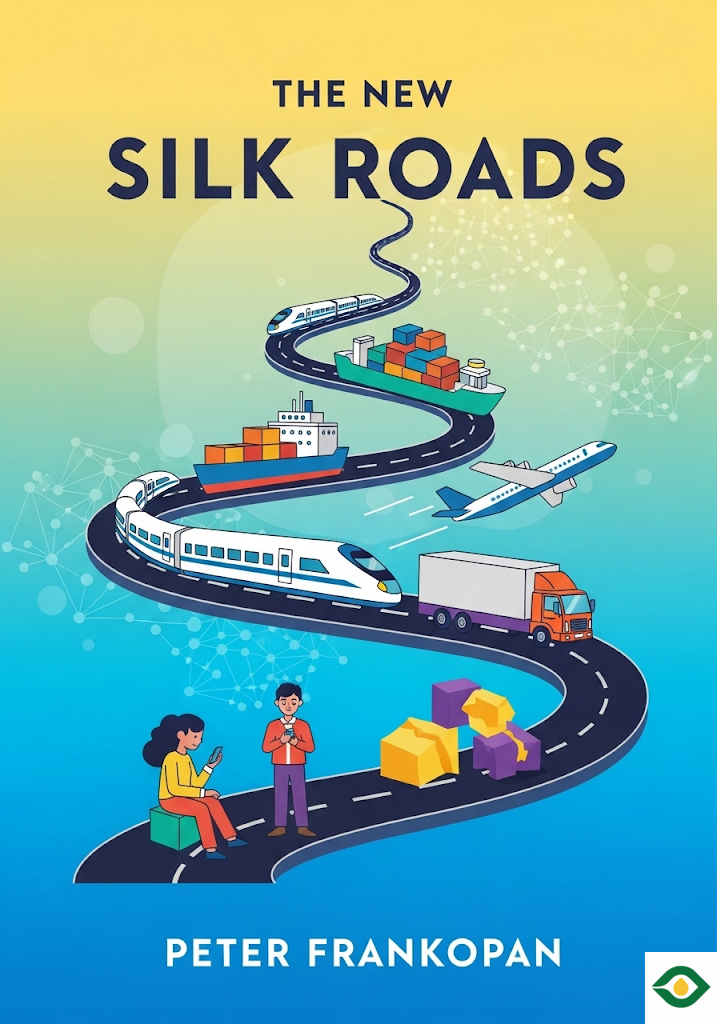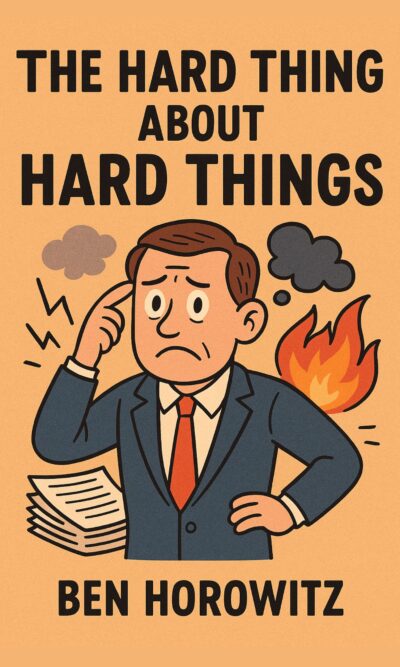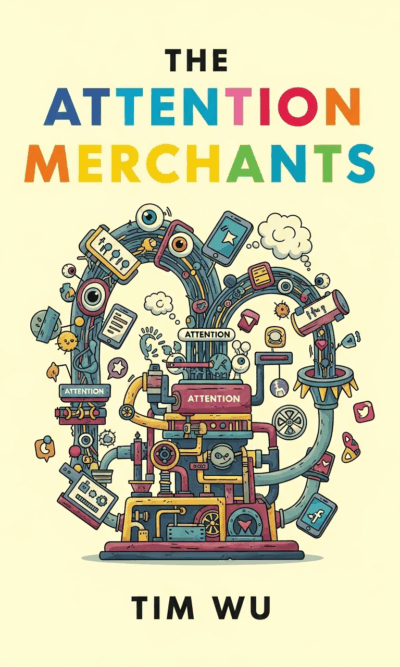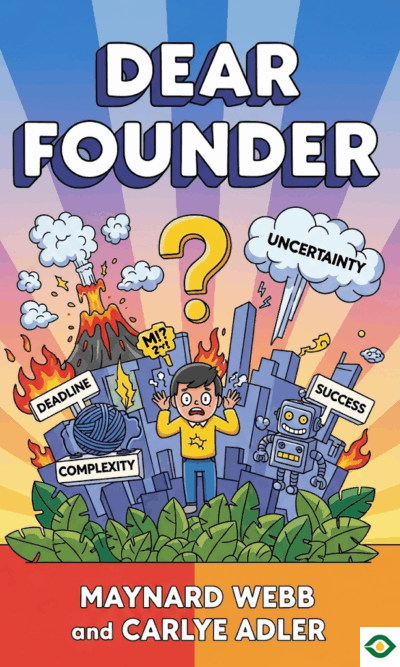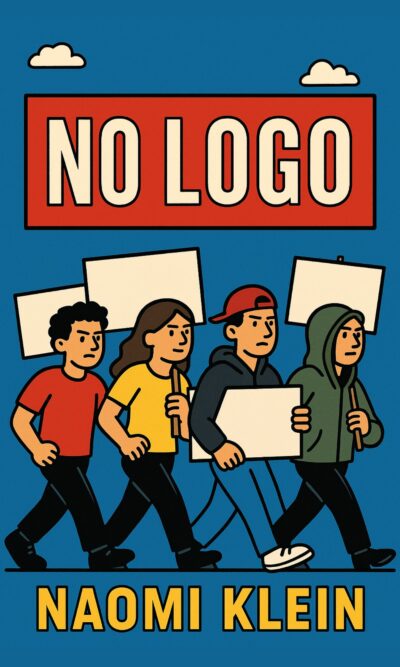Description
The story of the world has often been told as if the West created all the progress, wealth, and global power. But this is not the whole truth. For centuries, the East, especially the countries along the ancient Silk Roads of China, Central Asia, and the Middle East, shaped trade, culture, and ideas. Today, that influence is returning in a very visible way. The New Silk Roads shows how the East is reclaiming its place at the center of the world, while the West struggles with division and decline.
In the past, Western travelers and elites showed their power by collecting art, treasures, and cultural symbols from across the world. Now, it is wealthy Easterners buying global trophies. From sports tournaments like the World Cup and the Olympics to famous art museums and luxury shops, ownership is shifting eastward. Harrods in London, Hamleys toy store, and even leading newspapers now belong to investors from China, Russia, or the Middle East. At the same time, Chinese tourists have begun to reshape the travel industry worldwide. Their spending abroad has exploded, changing how hotels, airlines, and restaurants cater to international travelers. And this is only the beginning, as most Chinese people still do not even hold passports.
While the West turns inward, focusing on nationalism and closing borders, the East is opening new connections. America speaks of “America First,” and Britain leaves the European Union, but Asian countries are building bridges, railways, and free trade agreements. Central Asian nations like Uzbekistan, Turkmenistan, and Kazakhstan are deepening their ties, trading more and investing in shared infrastructure. Larger partnerships such as the Regional Comprehensive Economic Partnership include countries across Asia, with billions of people and trillions in economic strength. If successful, this will become the largest free trade deal in history, while Western trade agreements weaken.
The biggest driver of this change is China. In 2013, President Xi Jinping announced his vision for the Belt and Road Initiative. This project is massive, covering Asia, Europe, Africa, and even parts of the Caribbean. China is financing ports, railways, pipelines, and highways to connect nations and increase trade. It is not just about money—China presents this as a vision of global partnership and cooperation. By offering investment and friendship at a time when America and Europe seem more isolated, China fills a vacuum of leadership. The scale is enormous, involving over 60 percent of the world’s population and a third of global output.
But while the East rises, the West feels uneasy. In America, people are disturbed by foreign ownership of iconic companies. When Chinese businesses buy U.S. firms, or when symbolic resources like marble quarries linked to national monuments are sold to foreign families, it creates fear and anger. Politicians, especially Donald Trump, spoke of an “economic war” with China, launching tariffs on billions of dollars of goods. Yet these trade wars hurt American consumers as much as anyone else, raising prices on everyday goods. Globalization cannot simply be undone by tariffs.
In the Middle East, America finds itself in difficult situations. For decades, Saudi Arabia has been one of its strongest allies, especially in buying American weapons. Yet conflicts in the region, such as tensions between Saudi Arabia and Qatar, complicate matters. America finds itself supporting both sides, while regional rivalries grow stronger. This makes it harder for the U.S. to manage its influence and friendships in a region that remains strategically important.
At the same time, Europe is divided. Brexit showed Britain choosing separation. Other nations in Eastern and Central Europe feel neglected by the core of the European Union. This disharmony has given China an opening to win new friends. By offering investment and closer ties to countries like Hungary, Greece, and Croatia, China has been able to prevent Europe from uniting against it on key issues, such as its activities in the South China Sea. Beijing also created the “16 + 1” forum to connect with Central and Eastern European nations, offering opportunities that these countries feel the EU has denied them.
Step by step, the global balance is shifting. The West, once dominant, is now unsure of its direction, turning to nationalism, division, and trade wars. The East, meanwhile, is building new connections, investing in infrastructure, expanding trade, and shaping global institutions. This change is not just about money. It is about leadership, influence, and the future of global order.
The New Silk Roads remind us that the East has always been a central part of the world’s story. Today, it is once again moving to the center stage. For people everywhere, this will affect the goods we buy, the places we travel, the politics we see, and the balance of power that defines our future.
In simple terms, the book tells us this: the world is no longer led by just the West. The East is rising fast, creating new paths, new friendships, and new opportunities, while the old powers struggle with uncertainty. The Silk Roads are not just history—they are the roads to the future.

